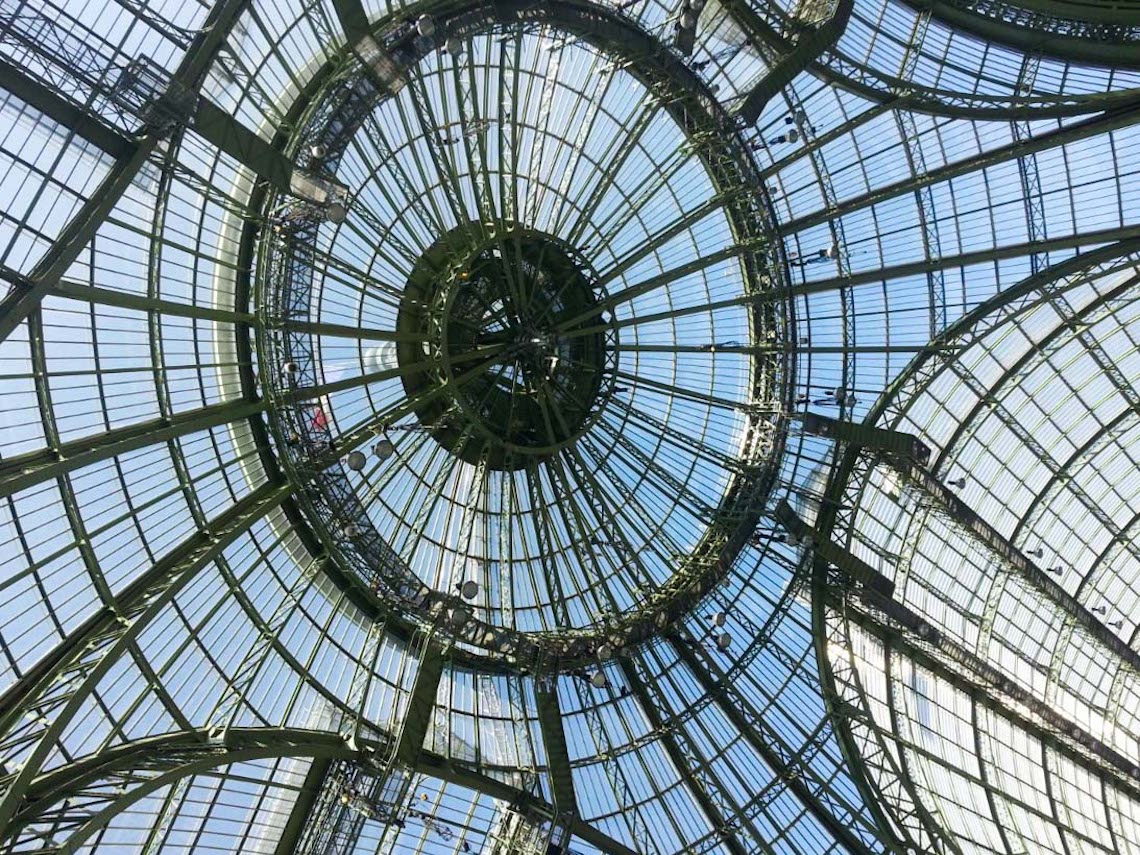
During the hustle of jotting between art fairs in the French capital, an intermediary interview with Swiss dealer Philippe Rey discussed his opinions on the state of the concurrent art market.
What kind of work would you consult your collectors to buy?
Art is not like stocks. If you want to invest in art then you have to be realistic about your expectations. If you are willing to bank 100 or 200 million dollars then you clearly have money to play with but you can’t spend 50,000 – 100,000 and expect to have a 100% increased profit. At the Armoury show people were mainly talking about investments and not really about art. It was strange because people were willing to invest in art that wasn’t obviously going to make a return. They preferred to invest in mid-range artworks with the expectation that the price would rise. This kind of return does not happen in the art market and it does not happen on the stock market either. If it was that easy then everyone would follow this incentive.
I consult my collectors to buy based on what they like and feel passionate about. If they are able to afford it then they should confirm the sale. It acts as a point of confirmation to know that regardless of how the price then fluctuates, at least you will have an emotional value towards the work. Overall, I don’t advise people to invest in art as an investment.

In your experience have you seen the buying tactics, preferences or interests of collectors change?
Definitely. I have been in the art industry for 20 years and initiated my career as a collector when I was 16 years old. At the time people bought works because they liked them. As a student I paid $100 for a work of art and as I made more money, the spending figure increased.
Nowadays, with the internet and its online players such as Artsy, Artprice, Artnet, and all other corresponding platforms, you are encouraged to overview charts and review works in the context of their marketplace activity. You tend to buy more because of what you heard rather than what your heart is trying to tell you. Collectors who currently buy for investment purposes are highly advised by consultants which makes the process even more tedious. Works are bought and placed in storage as opposed to being enjoyed. That is a way in which collecting has changed.
What would you predict the progression in the market would be?
I believe the market has gone back to digging deep and working hard. Five years ago at Art Basel there was a lot of flashy art, eye-catching bling and naked figures. Now its back to serious artwork. The art fair ‘Drawing Now’ caters for this. Big galleries such as Ropac Thaddaeus has joined, and this is something that you wouldn’t see happening five years ago. The scene back then enabled big players to dictate what artwork sells and when. Now, we’re all back to work. Today’s scene focuses on publishing, doing thorough research, delving into museum incentives, and the list goes on and on. It’s not an opening night every day.
A lot of galleries are transitioning from having a physical space to having a digital space. What is your opinion of this online presence?
I don’t believe it will work in the long term. Parties such as Saatchi has been paving the way with this digital presence for the last ten years. Their method is that they work with quantity. They have a rich database full of work and I am sure they are able to sell enough. I don’t believe however that this is a long-term plan. If you have a gallery it takes years to build relationships of trust and loyalty with your collectors. A digital space won’t generate the same effect. I don’t think that is the future.
In regards to an online presence, social media platforms have also shared motives. Surely an online presence facilitates the process of gaining exposure and digitally introducing your artists and their artworks to a larger audience.
It does but only to an extent. As highlighted with music charts, social media hypes and their feed have an expiry date. Past the moment of its viral presence, the work then adds onto the endless list of regenerated history. Look at art magazines from up to 20 years ago and you’ll notice that 85% of them no longer exist. In New York galleries are opening and closing all the time. If you want to survive and have a long-term effect then you have to play a different game.
All these online channels follow a similar expiry limit. They belong to the ephemeral. Within the next five years I would not be surprised if they are gone. Their impact on the art market is not serious art business. They are more like the pop industry. What will remain is not the mainstream but the artists with a signature style.
Is there any particular artist that you believe resonates this stylistic presence and will manifest in the market?
Yes, there is an artist that I have believed in for the last 20 years and that is William Kentridge. He is one of those talented artists who works with an entire spectrum of media. He is intelligent, a trait which today’s superstars lack. It is those who know what they are doing that will survive and gain the reputation they deserve within the next 50 years. Kentridge is the kind of artist that will survive.
What is your opinion of the market right now and the marketplace crisis?
The impact is eminent all over.
Editor’s Note: The discussion around the state of online art markets are a constant topic at every fair and opening. While Mr. Rey is correct that a large percentage of art magazines have folded, and New York real estate is a tough game itself, it is precisely these two factors (among others) which actually reinforces the fact that a significant shift to online platforms has already happened, and is here to stay.
A recent article by Artsy “The Online Art Market Is Booming – Here’s What You Need to Know” compiles new to conclude the same thing. Among many valuable insights gathered by art market research firms, the article leads with the following data: “Online sales jumped 24% last year…Fueled by the expansion of a number of online platforms, the online art market has grown from $1.57 billion in 2013, to $2.62 billion in 2014, to last year’s figure of $3.27 billion.”




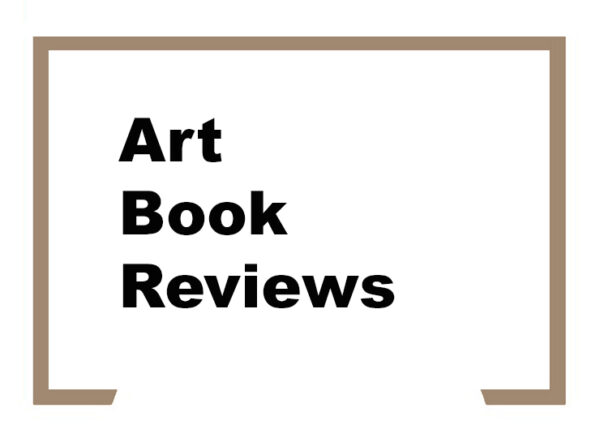
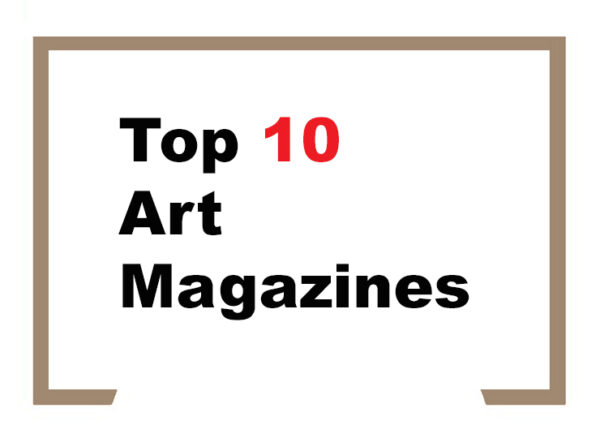
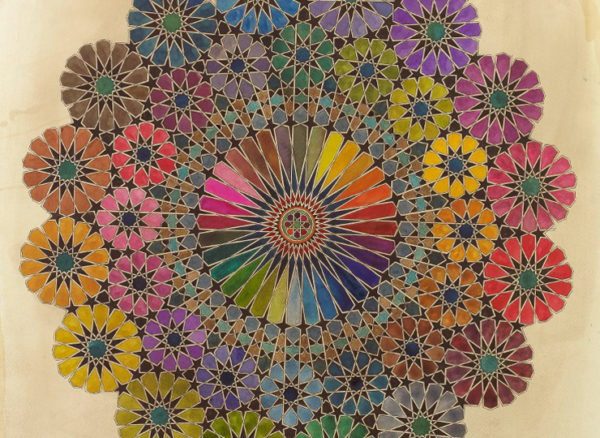
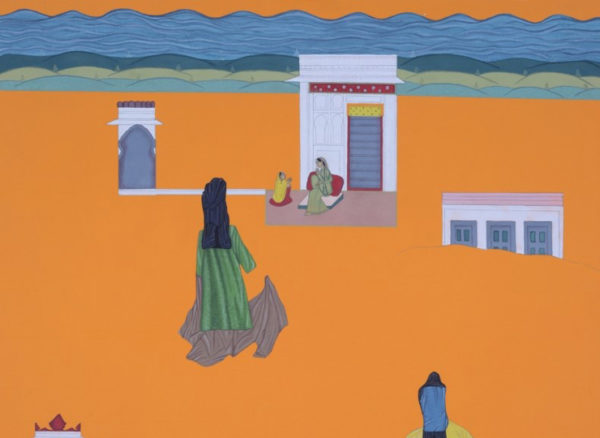
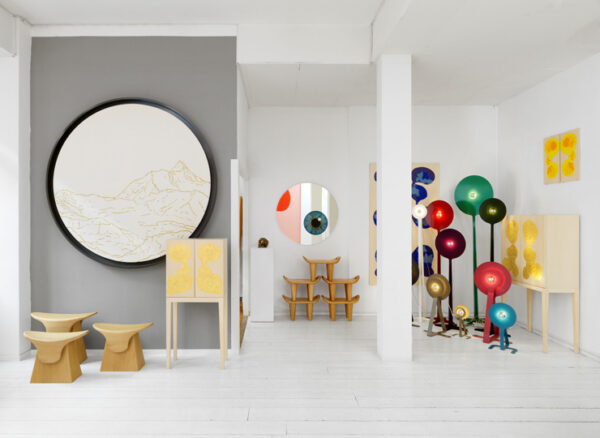
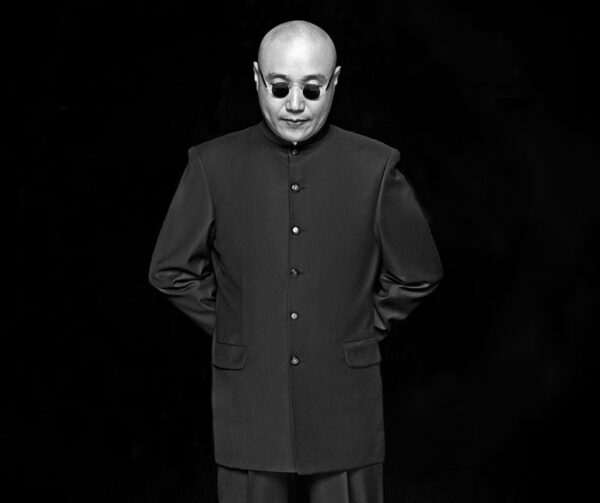
Comments